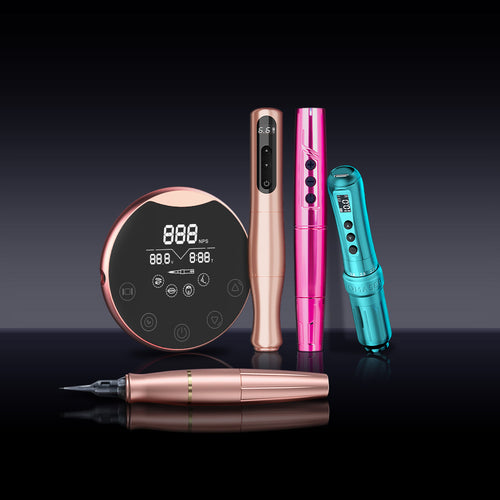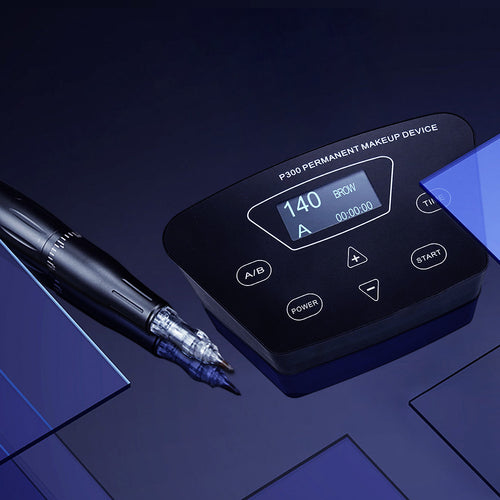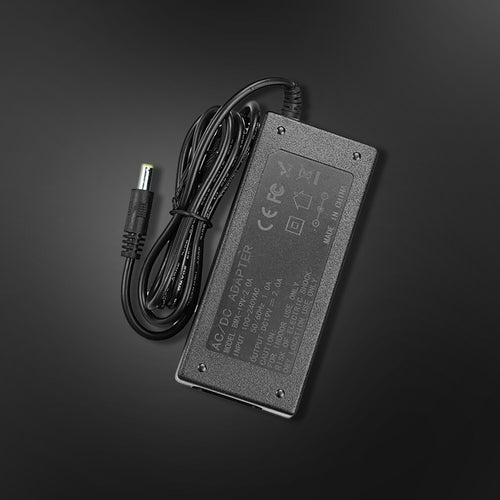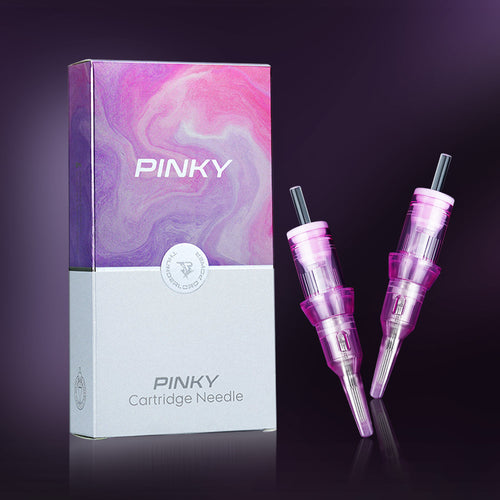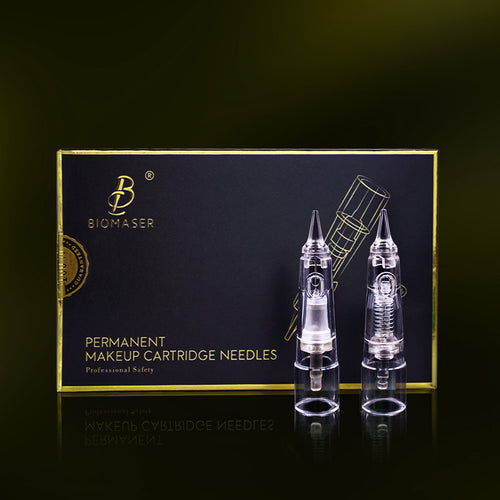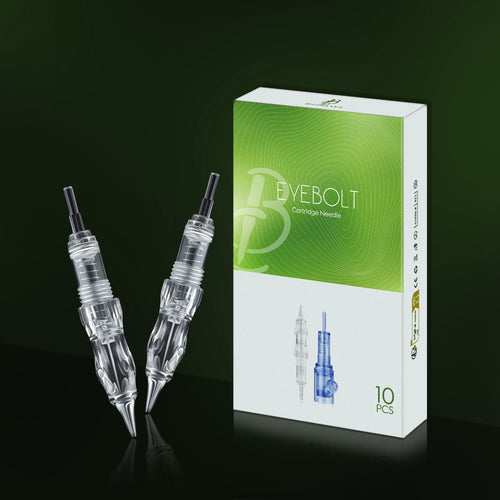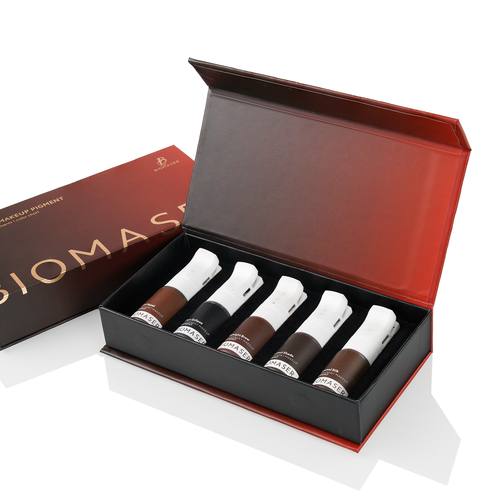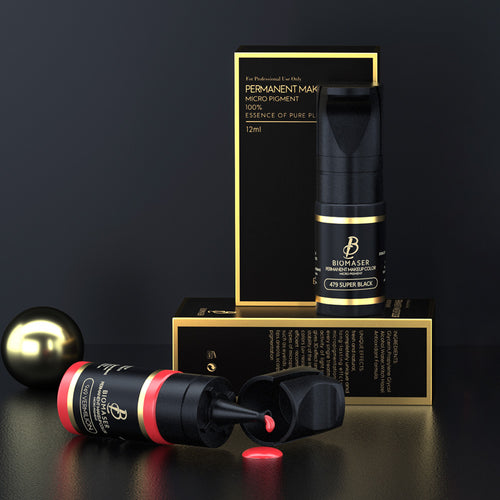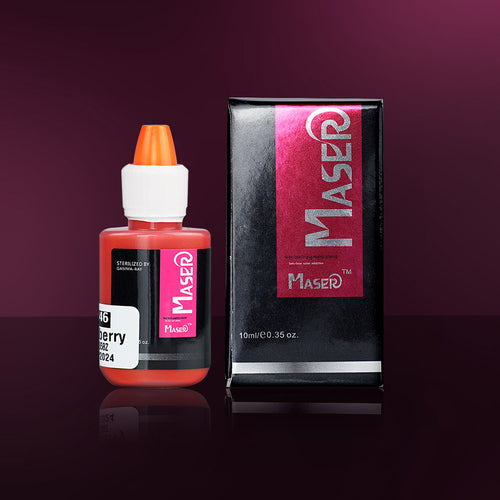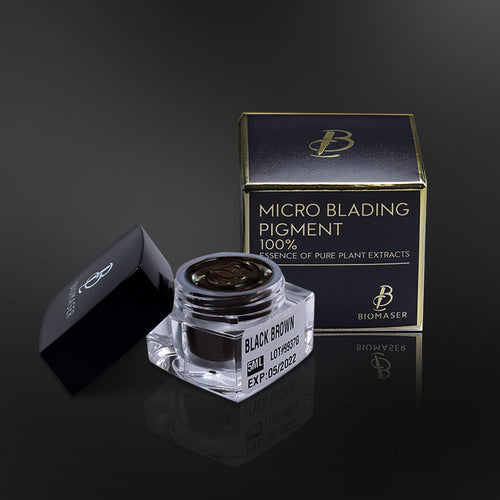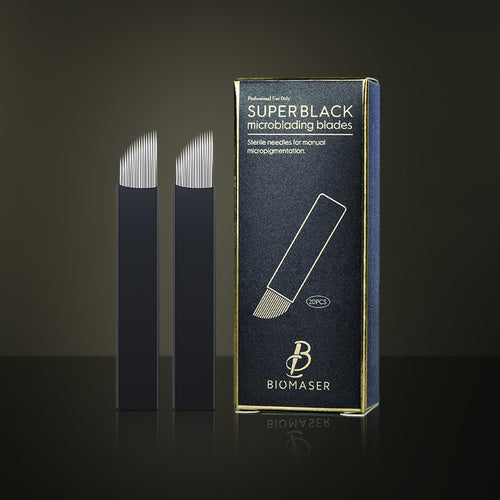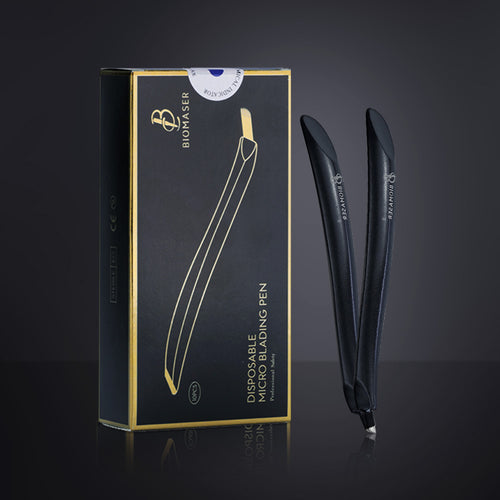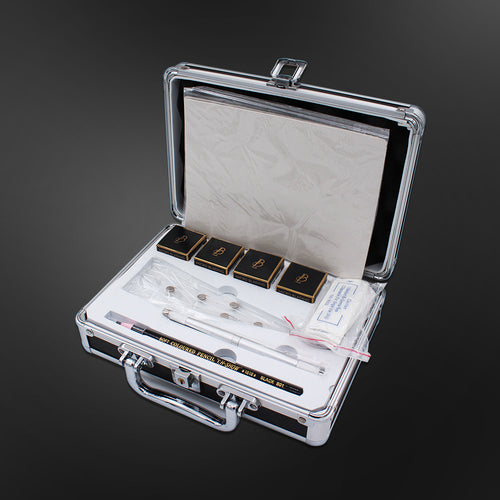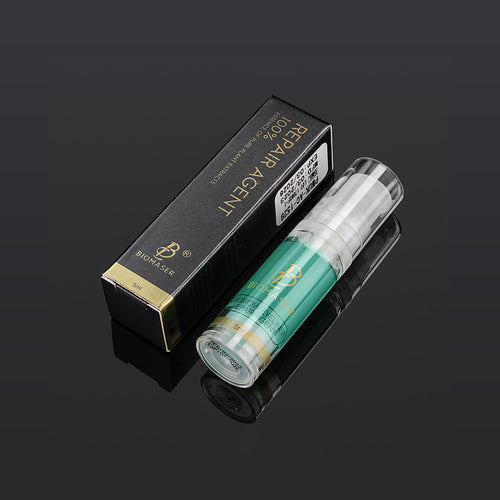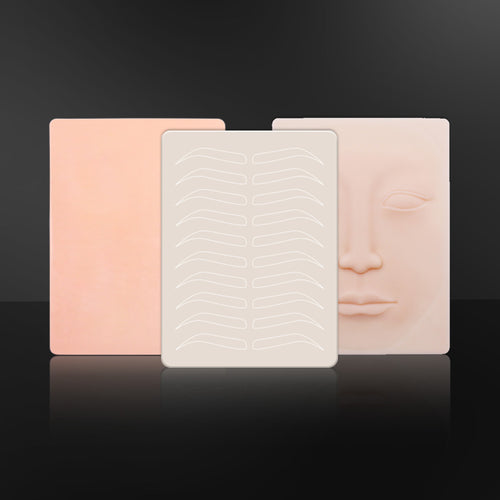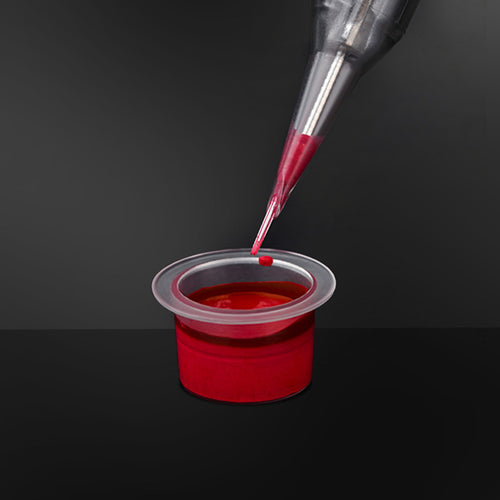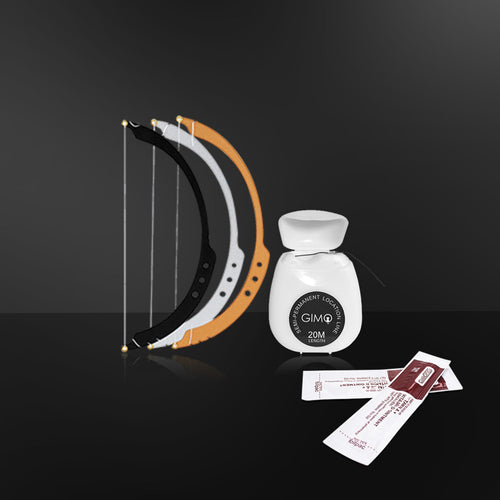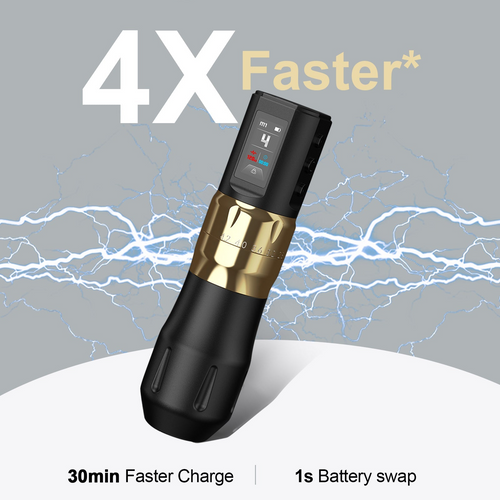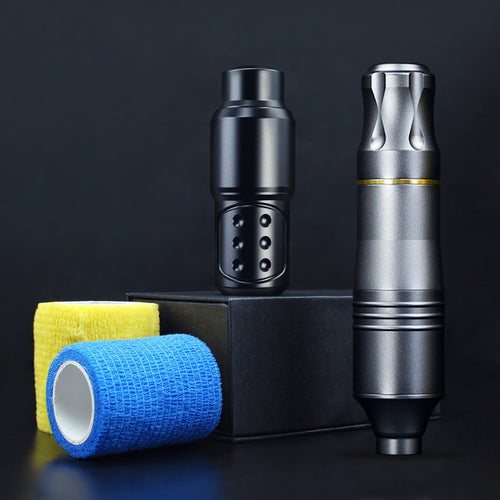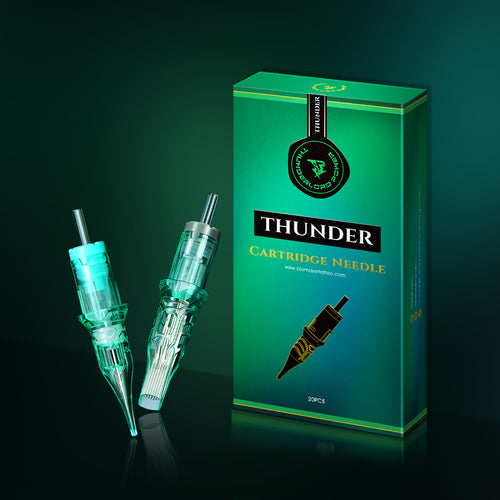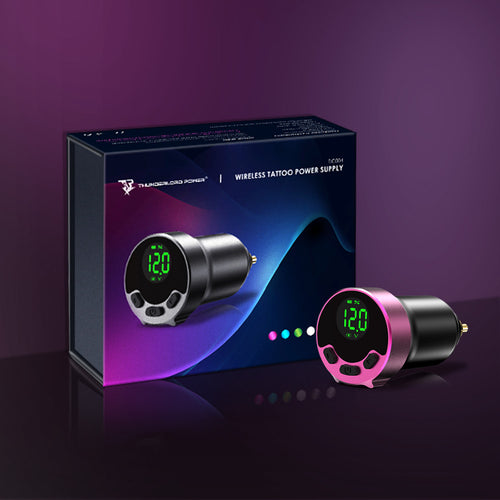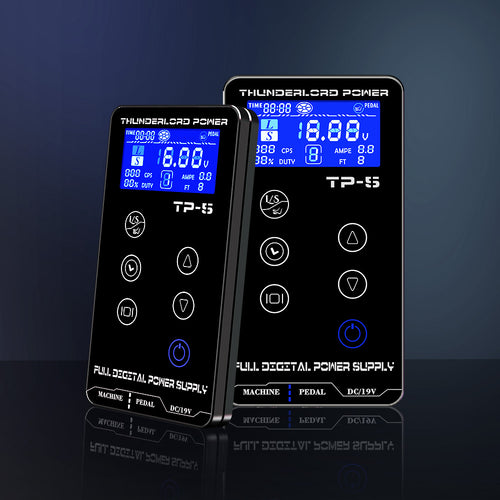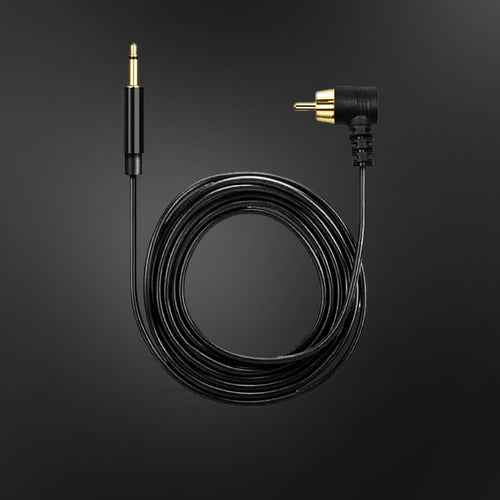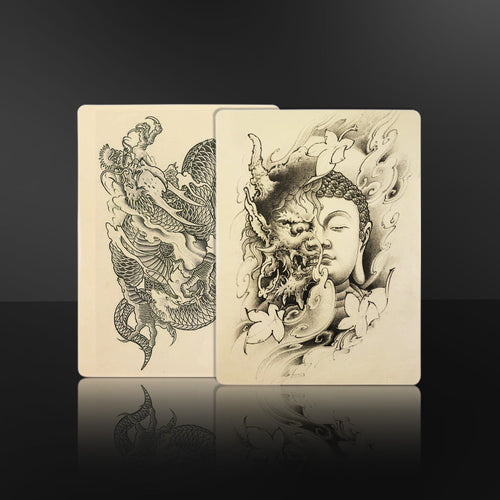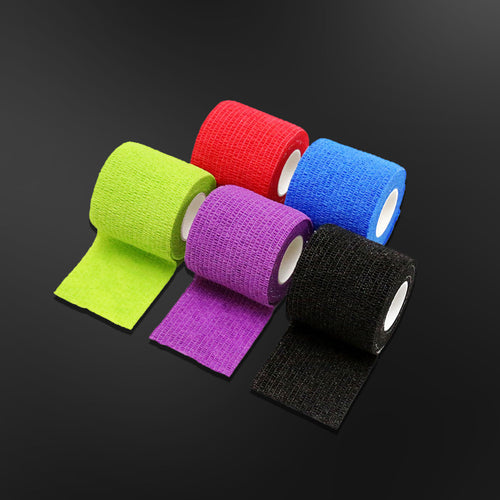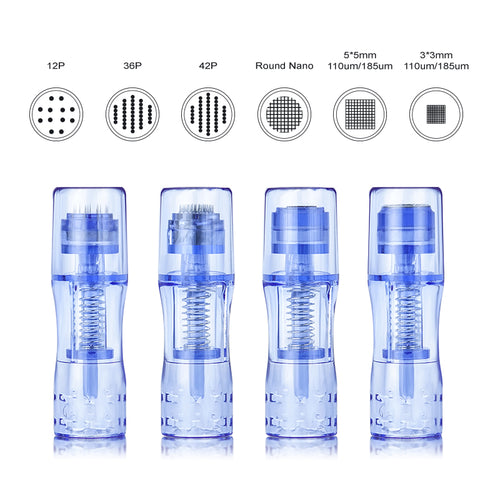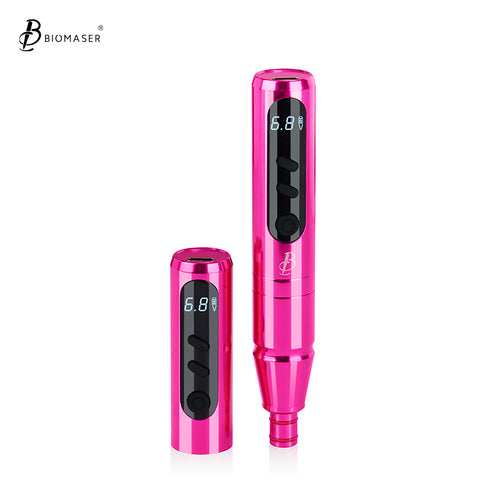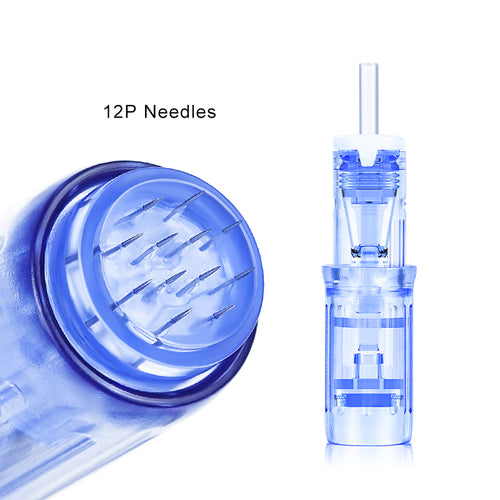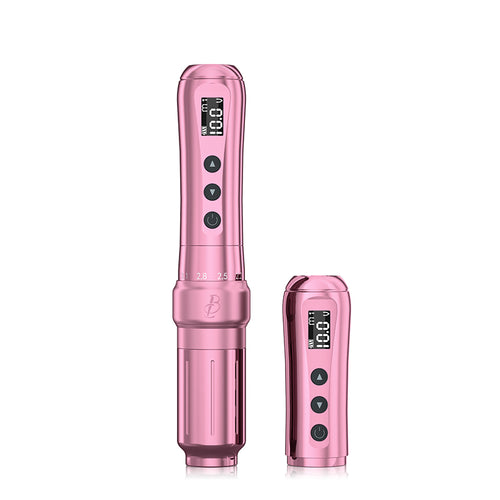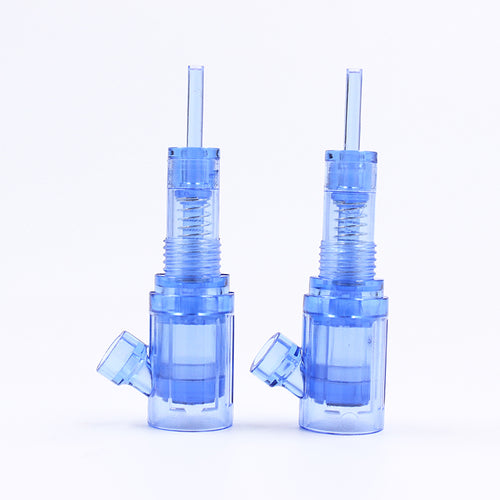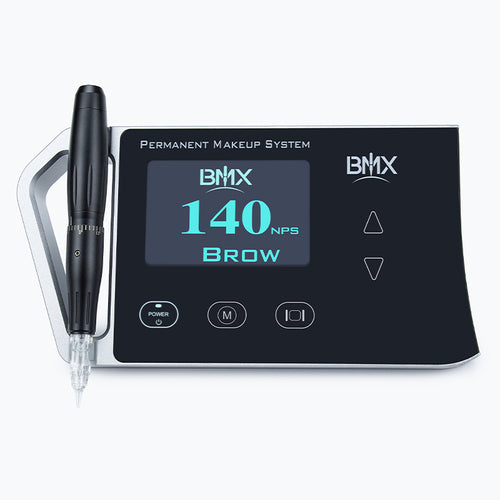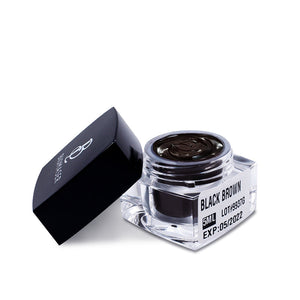Organic vs. Inorganic PMU Pigments: What's the Difference?
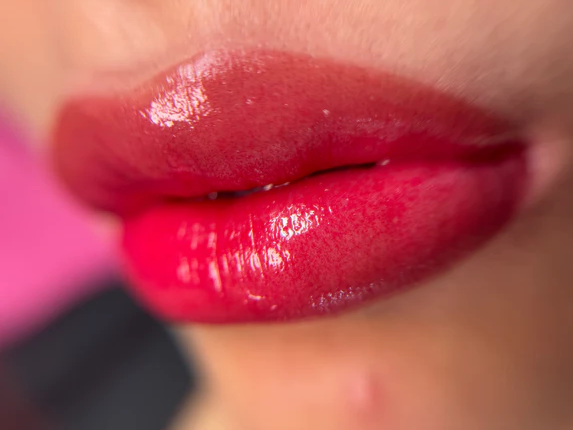
Key Takeaway
Organic PMU pigments make colours look bright and lively, but they fade faster and may need more upkeep. Inorganic PMU pigments offer muted, stable shades that last longer but lack the same vibrancy. The best choice depends on the area being treated, the skin type, and what the client likes. Many PMU artists mix both types to get the best of both.
Permanent makeup has become increasingly popular for brows, lips, and eyeliner. Behind every result, the choice of pigment plays a huge role. PMU pigments can be either organic or inorganic, and the difference between them affects how colors heal, how long they last, and how natural they look. Both types of pigments have advantages and drawbacks, which is why many professionals use them strategically depending on the procedure.

So, What Even Are PMU Pigments?
PMU pigments, also known as PMU ink, are specially formulated colors that are perfect for permanent makeup. Tattoo inks go deeper into your skin and last a lifetime, but PMU pigments are made to look more natural and softer. They are implanted in the upper layers of the skin using a cosmetic tattoo machine. Don't worry, though, because over time, your body will naturally break them down, which is why touch-ups are usually needed.
The idea behind permanent makeup pigment is to provide you with lasting but natural colour. That's why the type of pigment you choose is so important. Whether it's organic or inorganic, it can make a big difference to the final result.
What Are Organic PMU Pigments?
Organic pigments are popular in the PMU field for their brightness and color variety. They are made from carbon-based compounds or synthetic dyes and are valued for their ability to deliver vivid shades.
Characteristics of Organic Pigments
- Made with carbon-based molecules or synthetic organic dyes.
- Transparent in texture, which makes them appear more vibrant.
- Provide a wide range of bright shades, especially in reds, pinks, and oranges.
Pros of Organic PMU Pigments
- Vibrant color: Organic PMU ink gives lips a lively, natural blush and can add brightness to brows that need more definition.
- Great for lip work: Many PMU artists prefer organic pigments for lip blush because they offer tones that mimic natural lip colors.
- Smooth application: Their finer molecular size often makes implantation smoother.
Eyebrow cream 3D Microblading Biomaser Permanent Makeup Pigment Ink for microblading
Cons of Organic PMU Pigments
- Fading faster: Organic pigments are more likely to fade over time, especially in areas exposed to sunlight.
- Color shifts: In some cases, organic pigments may heal to a slightly different shade than intended, which can require PMU color correction.
- Higher allergy risk: Some clients may be more sensitive to organic PMU ink, although reactions are still rare with high-quality products.
What Are Inorganic PMU Pigments?
Inorganic pigments are widely used for their stability and safety profile. These pigments are usually made from mineral or metal oxides, such as iron oxide and titanium dioxide. They produce colors that are softer, more muted, and long-lasting.
Characteristics of Inorganic Pigments
- Typically mineral-based, such as iron oxide or titanium dioxide.
- More opaque and less transparent than organic pigments.
- Offer earth-toned shades that heal naturally on the skin.
Pros of Inorganic PMU Pigments
- Color stability: Inorganic PMU pigments usually hold their shade more consistently over time.
- Long-lasting: Because of their mineral structure, inorganic PMU ink tends to remain visible longer before needing touch-ups.
- Low allergy risk: Iron oxide pigments are less likely to cause irritation, making them a safe option for most clients.
- Great for brows and eyeliner: Their muted tones blend well with hair and skin undertones.
[[related_products_2]]
Cons of Inorganic PMU Pigments
- Less vibrant: Compared to organic pigments, inorganic pigments can appear duller, which may not be ideal for lips.
- Color residue: Titanium dioxide, often used in light shades, can linger in the skin even as other tones fade.
- Harder to remove: Because inorganic pigments last longer, they can be more challenging to correct or remove fully.
Organic vs. Inorganic PMU Pigments: Main Differences
At this point, the contrast between organic and inorganic pigments becomes clearer. To make the differences between organic and inorganic PMU pigments easier to see, the main features are summarized in the table below.
| Feature / Property | Organic PMU Pigments | Inorganic PMU Pigments |
| Composition | Carbon-based compounds or synthetic dyes | Mineral or metal oxides (e.g., iron oxide, titanium dioxide) |
| Color Vibrancy | Bright, vivid, more transparent | Muted, natural, more opaque |
| Texture / Application | Smooth, fine molecules; easier implantation | Slightly denser; may require careful blending |
| Safety / Sensitivity | Slightly higher risk of reactions for sensitive clients | Generally safer, lower allergy risk |
| Longevity | Fades faster, may require frequent touch-ups | Lasts longer, more stable over time |
| Fade Pattern | Can lighten unevenly, may need more frequent corrections | Fades gradually and evenly |
| Color Shift / Correction | May shift slightly; sometimes needs PMU color correction | More stable; easier to use for color correction |
| Best For | Lips, areas needing vibrant shades | Brows, eyeliner, areas needing natural, long-lasting color |
A simple way to remember: organic equals bright, inorganic equals stable.
How to Choose the Right Pigment for PMU
It is very important to choose the right colour for permanent makeup (PMU) so that it looks natural and lasts a long time. The choice between organic and inorganic pigments depends on various factors, including skin type, the treatment area, how long the treatment is expected to last, sensitivity, and whether colour correction is needed.
Skin Type
It's crucial to understand your client's skin type when choosing a pigment:
- Oily skin: Pigments may fade more quickly if your skin produces more oil. Inorganic pigments, which are well-known for their stability, might be better for oily skin types.
- Dry or neutral skin: Organic pigments can make your skin look brighter and may be better for people with dry or neutral skin.
Treatment Area
The area to be treated influences pigment choice:
- Lips: Organic pigments are often preferred for lip procedures due to their vibrant colors, which mimic natural lip hues.
- Brows and eyeliner: Inorganic pigments are commonly used for brows and eyeliner, as they offer more natural-looking results and longer-lasting color.
Longevity Expectations
Clients seeking longer-lasting results may benefit from inorganic pigments, which tend to have greater stability and fade less over time. Organic pigments, while vibrant initially, may require more frequent touch-ups.
Sensitivity
Clients with sensitive skin may experience reactions to certain pigments. It's advisable to conduct a patch test before the procedure to ensure compatibility and minimize the risk of adverse reactions.
Color Correction Needs
In cases where color correction is necessary, inorganic pigments are often chosen due to their muted tones, which can effectively neutralize unwanted hues and achieve a more natural appearance.

A skilled PMU artist will often blend pigments—using both organic and inorganic—depending on the client's needs.
Choose the Pigment Family That Fits the Goal
There's no one permanent makeup pigment that works for everyone. You can match organic pigments, inorganic pigments, or hybrids to the healed look, skin behaviour and refresh tolerance you're after. To keep your results true over time, make sure to use careful technique, smart pmu aftercare and PMU colour correction tools to help you get the best results.
FAQs: Organic vs. Inorganic PMU Pigments
Q1: Are organic PMU pigments safer than inorganic pigments?
Safety rests more on brand quality, testing, and technique than on pigment family. Both are widely used in PMU. Patch-test sensitive clients and review health history.
Q2: Can clients switch from inorganic to organic later?
Yes, if the base has faded enough. Assess healed color, correct if needed, and then rebuild with the new target tones.
Q3: Which pigment type is better for lip blush?
Organic pigments are preferred because they provide more vibrant reds and pinks that heal naturally in lip tissue.
Q4: Can pigment choice affect the healing process?
Yes. Organic pigments may fade a little more during healing, while inorganic pigments often retain a stronger base tone. Both require proper aftercare.
